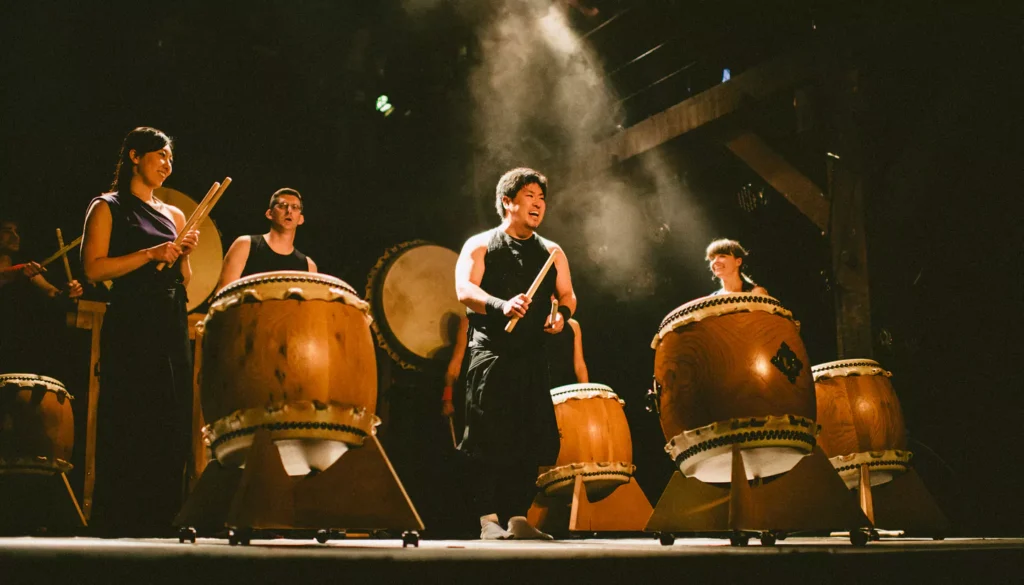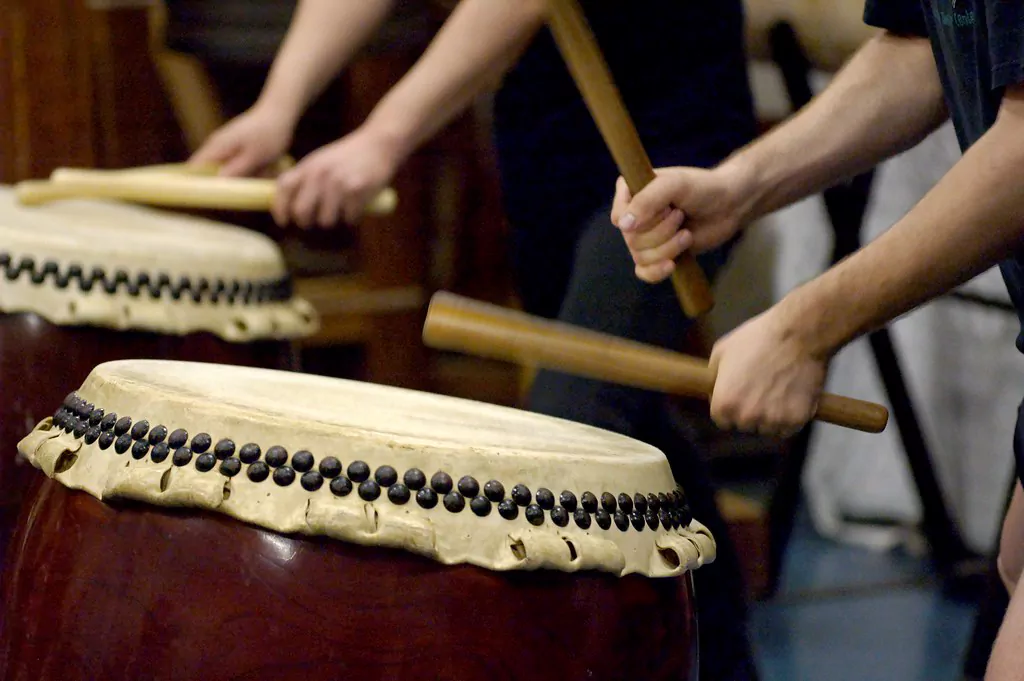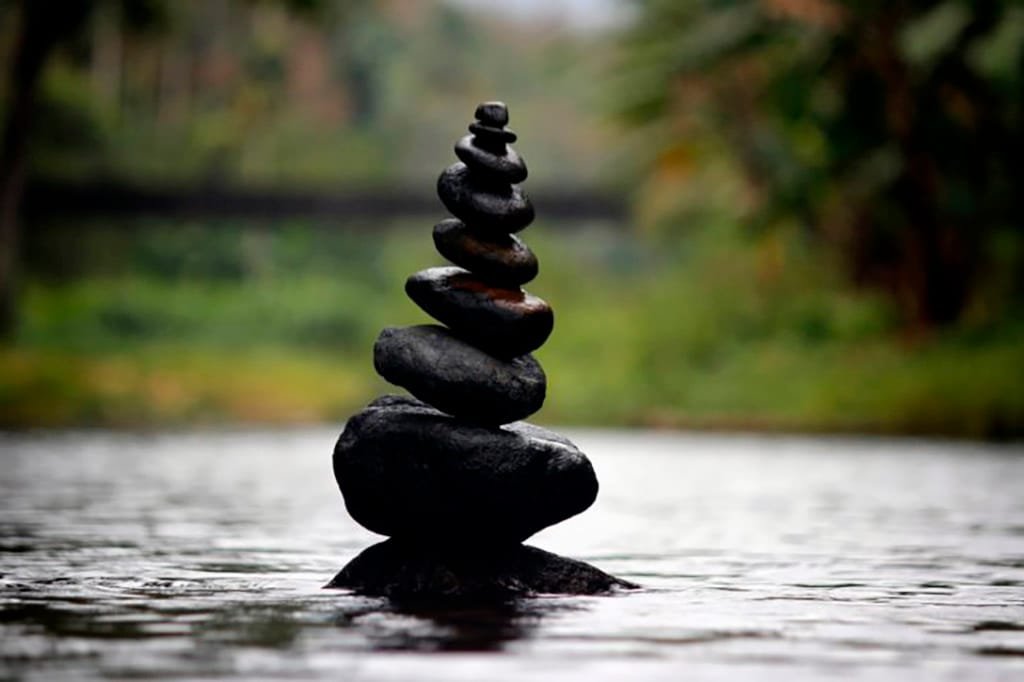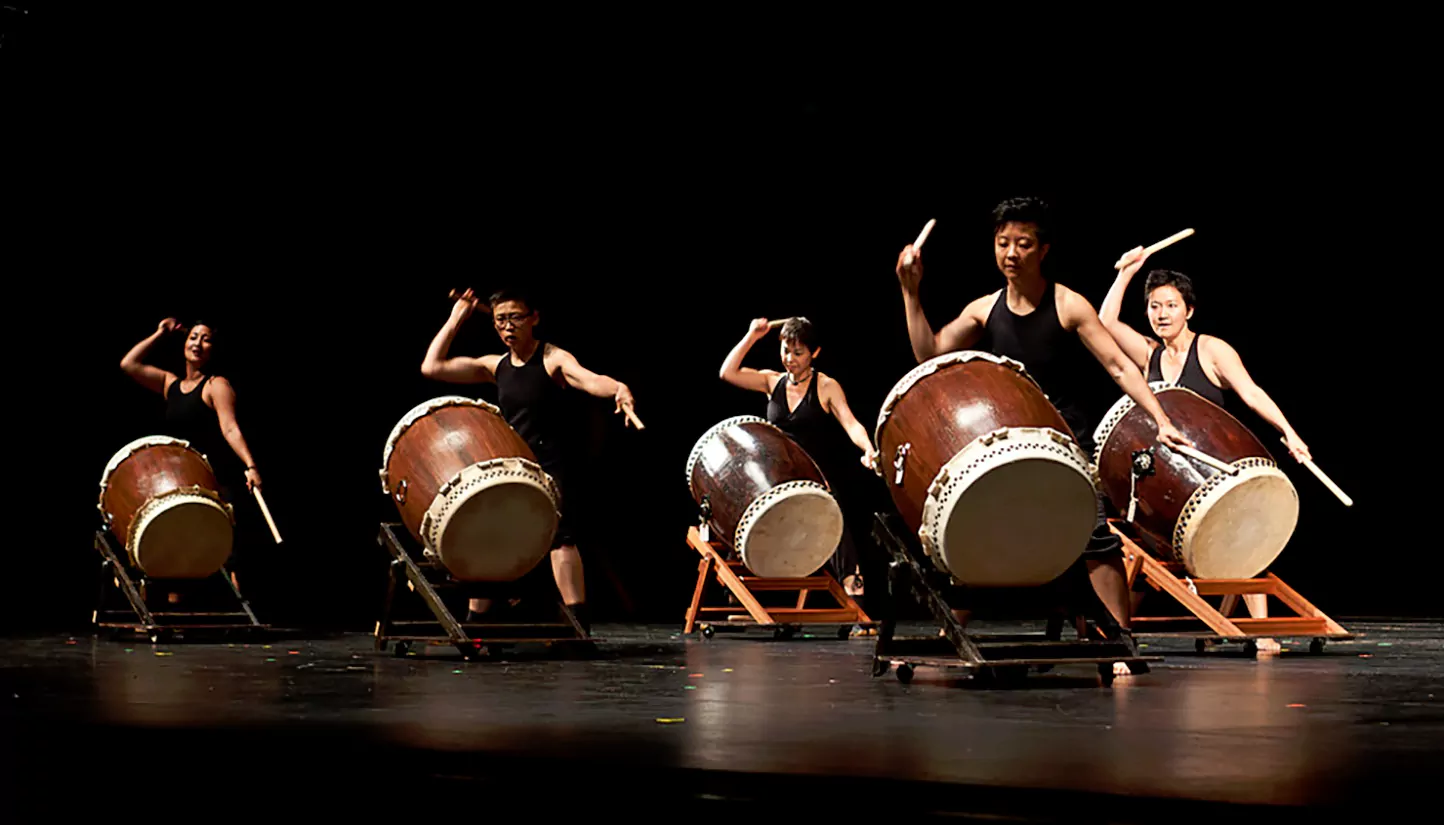Improvisation is a part of a few music styles, but we rarely hear it in classical concerts” and is the antithesis to the neatness of a written sheet of music, and is Pope- that making noise up as you go, where everyone can see you. So when applied to the intensely rhythmic, physically generative performance art of the taiko drum, the experience of spontaneous composition (improvisation) deepens taiko’s performance value of the individual and the emotional and exploratory connections that taiko offers. The following article provides an introduction of improvisational creativity in taiko that is designed to help drummers create their own musical voice and express their artistic voice.

Understanding Improvisation in Taiko
Taiko improvisation – organic creation within rhythmic frameworks – takes on taiko drummers to also express emotions, thoughts and personality that are in the world and in themselves. It listens to what is being said instead of trying to dictate it. Anything but malleable; it is little more than an amoeba in practice.
The improvisation in taiko had originally existed in festival (matsuri) and ritual contexts and had reflected the feeling of the drummers and the condition of the community. Today, improvisations are legitimate even in formal performing groups – along with new generation of taiko groups that seek to expand the limits of the art form.
Core Principles of Taiko Improvisation
Some basic ideas behind good taiko improvisation might include some combination of the following, a kind of foundation to base your more creative attempts on:
Rhythmic Awareness and Mastery
Once you have the basics of rhythm down, you’re halfway there to free jammin’. An intuitive sense of compás You simply can’t understand or step ahead within the various rhythms if You don’t have what I call a strong sense of compás. The improvising springs organically from a profound rhythmic consciousness, and doesn’t descend into incoherence, lose the plot.
Active Listening and Responsiveness
Drumming and drum conversations played to ensembles would need high degree of active listening and interaction among the drummers. Drummers who really listen can respond instantly to rhythmic cues, dynamics, and emotions communicated to them from other musicians that rely upon everyone being on the same page when in a group setting.
Emotional Expression
For drummers, it’s your personal emotions and artistic you. And allowing actual feelings — of joy, fire, musing silence — to shape an improvisation leads to actual, emotional performances.

Practical Improvisational Techniques
A few practical ways through which drummers can incorporate improv in taiko playing can be summarized as follows:
Call and Response
It is a very simple form of the improvisation, call & response make possible an improvisation to take place among the orchestra instrument players. One drummer plays a rhythm (call) and the others respond to it spontaneously. This way we support listening, creativity, and oral rhythmic back and forth in the group.
Theme and Variation
Drummers can start and connect improvisations using any desired combination of a basic rhythmic motif, with examples such as; higher or lower in pitch; faster or slower in tempo; with or without added rhythmic degrees of sophistication, or dynamics or accent, etc. What it does is gives structure and freedom, setting a path for guide pupils to explore and satisfy their curiosity within guidance.
Dynamic and Tempo Shifts
If a performance is spontaneous, Tow says, it’s helped along by the improviser, someone who plays something he or she has never played before and will never play again quite the same way, a player who uses what the audience brings with it to the performance. Being able to negotiate these elements in the heat of the moment turns out to embody an emotional weight that transcends holding anyone’s attention and lets you know something about a drummer’s artistic radar.
Polyrhythmic Exploration
The application of polyrhythms (multiple competing rhythmic patterns) in the improvisation will indeed eventually result in tight, complex textures. Polyrhythmic improvisation aids in developing rhythmic flexibility, while also encouraging opening up new conceptually creative ideas, such as in analysis of the ways in which drumset players create complex rhythmic forms spontaneously.

Developing Personal Improvisational Style
“Style is sort of what happens when we improvise and reflect: we don’t have to worry about it too much.”
Individual Practice and Exploration
Reciting a solo improv routine provides fluent drummers with a working vocabulary of rhythm and expression. The ability to experimenl’ with the patterns on your own in practice allows the learner to learn with assurance, cultivate rhythmic flow, vocabulary, and improvisa~ tional con cepts..
Recording and Reflective Listening
Drummers can record the improv sessions and critically listen to their playing, figuring out what they are doing well and what needs improvement and how they like to play. Reflective Listening creates the possibility for style to be developed intentionally and for creative revision.
Seeking Inspiration Beyond Taiko
The exposure to very diverse musical practices, rhythmic complexities and musical languages feed a creative playground of improvisation. In Every Step’ drummers tend to be most inspiring when they’re leveraging tons of different musical worlds at the same time, and they often spit the most inspired improvisations for doing so.
Case Studies in Improvisational Excellence
Case study: spontaneous construction of Kodo ensemble Table 3 The Kodo drumming session The above Kodo drumming story is an instance of turning a musical narrative1 to be sensitive to the momentary surrounding.
And the internationally acclaimed Kodo Ensemble, great masters and innovators in their own right, intentionally use improvisation in rehearsing and creating their performance pieces. The group emphasises active listening, interactive response and emotional genuineism resulting in smart,improvised, playing deep in creative and heart….attack.

Case Study: TAIKOPROJECT’s Interactive Improvisation
And there’s heaps of free-style, solo kind of stuff, where the singer has done his bit and it just becomes a matter of letting a certain drummer’s personality go free for a run. With an innovative style and their unique approach to the traditional taiko they are appealing not only to a wider audience of people but also to the traditional one and especially with updated rhythmic and impersonation sounds of the traditional male taiko.
Overcoming Improvisational Challenges
There are some particular issues at play in relation to drummers negotiating the praxis of improvised drumming:
Managing Performance Anxiety
Improv shows can feel high-stakes since they unfold in the moment. By regular practice, mindfulness, and a supportive community setting, you can get to the root of anxiety and experience free, fearless improv.
Maintaining Rhythmic Coherence
synchronised rhythm may be lost in semi-spontaneous interplay. Regular meetings concentrating on the rhythmic sinking, group attunement and positive telepathy combine to allow drummers to investigate free-form generation without losing group coherence.
Balancing Innovation with Cultural Authenticity
You want to expand the horizons but you have to treat the roots of taiko culture with care. Sensitivity to the traditional contexts, rhythms and stylistics is an important aspect of responsible, culturally-specific improvisation.
Innovative Approaches and Future Directions
4 And also, Where to from here, in taiko improvisation: New ideas, new tools:
Digital Improvisational Tools

Using the power of the new software, drummers now will be able to enhance their rhythmic creativity and improvisational skills employing interactive rhythmic software, in the form of digital apps.
Global Collaborative Improvisation
Tease “From Here” on many continents, including Europe, Asia, Africa and the Americas, in live streaming, interactive sessions of global improvisational collaborations among drummers. This global conversation creates a rhythmic crosstalk that makes room for exciting on-the-spot creativity.
Integration with Multimedia Art
Integrating improvisational drumming layer in a multimedia world, integrated into art forms such as interactive digital projections or virtual reality environments, opens up opportunities of creativity on a large scale in the immersive, multi-dimensional improvisational performance environment.
Conclusion: Empowering Creative Expression
Taiko drumming improvisation offers a drummer the vessels in which to experiment with others, develop self-expression and musical rhythm as one beats And skills in the basics of pulse driven movement, active listening, emotional truth, as well as practical tools to improvise bloom into creativity, ensemble work and showmanship in a new and different way. Encouraging drummers to improvise might be a key first step in each person finding their own \‘musical voice\’ and preserving the diversity and opened-ness of taiko as a living art.



